- HOME
- ABOUT US
- WHAT IS AiARTHRITIS
- Diseases
- Rheumatoid Arthritis (RA)
- Psoriatic Arthritis (PsA)
- Systemic Lupus Erythematosus (SLE)
- Sjögren's Disease (SD)
- Axial Spondyloarthritis (AxSpA)
- Crohn's Disease
- Sarcoidosis
- Relapsing Polychondritis (RP)
- Systemic Sclerosis/Scleroderma (SSc)
- Behcet's Disease (BD)
- Palindromic Rheumatism (PR)
- VEXAS
- Antisynthetase Syndrome (ASS)
- Mixed Connective Tissue Disease
- JIA
- Familial Mediterranean Fever (FMF)
- HIDS (hyper-IgD syndrome, a mevalonate kinase deficiency)
- Cryopyrin-Associated Periodic Syndromes (CAPS) - Familial Cold Autoinflammatory Syndrome, Muckle-Wells Syndrome
- Schnitzler Syndrome
- Chronic Nonbacterial Osteomyelitis (CNO)/Chronic Recurrent Multifocal Osteomyelitis (CRMO)
- Still's Disease
- All Diseases
- Diseases
- OUR WORK
- RESOURCES & TOOLS
- GET INVOLVED
- CONTACT US
Schnitzler Syndrome
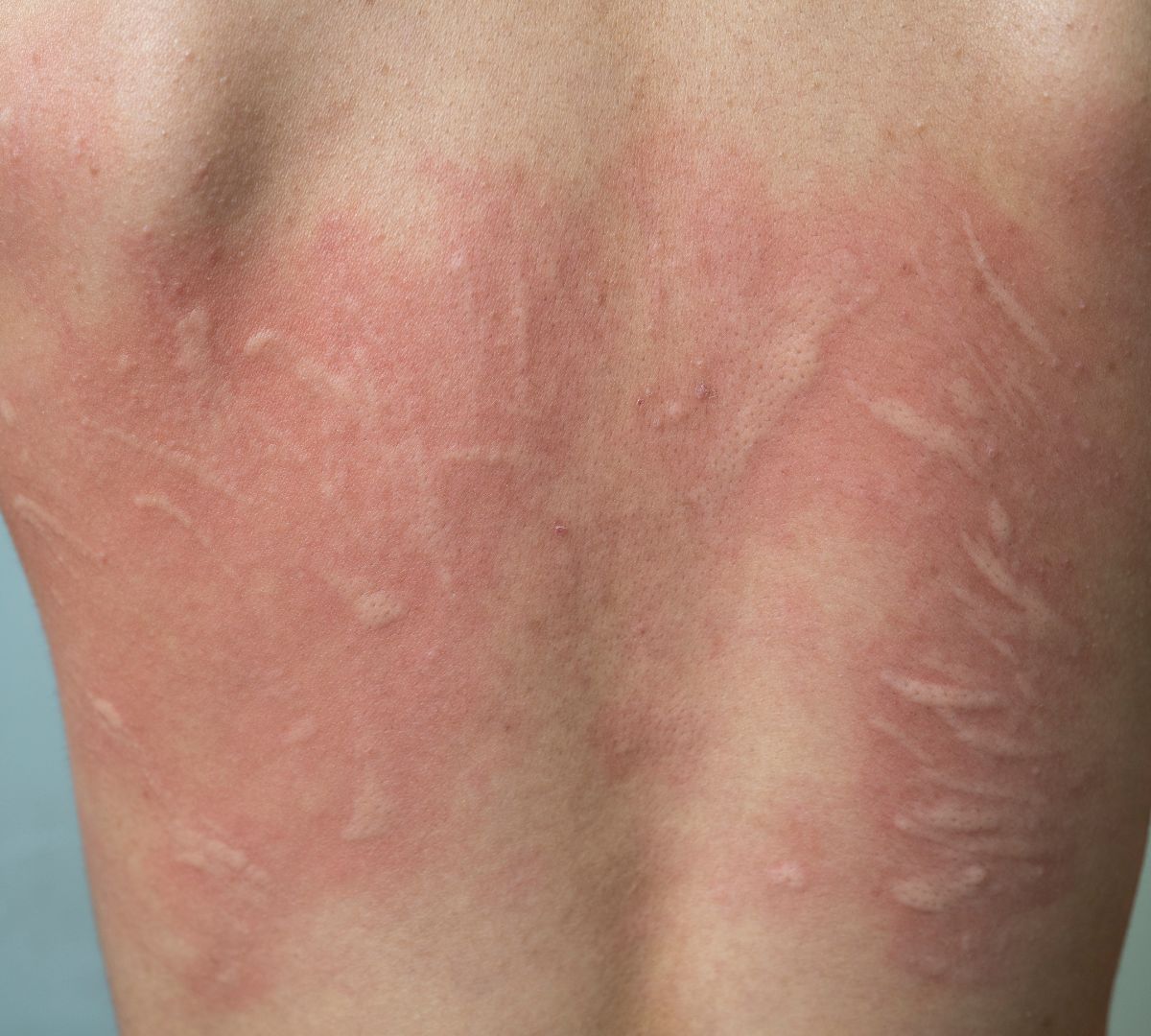
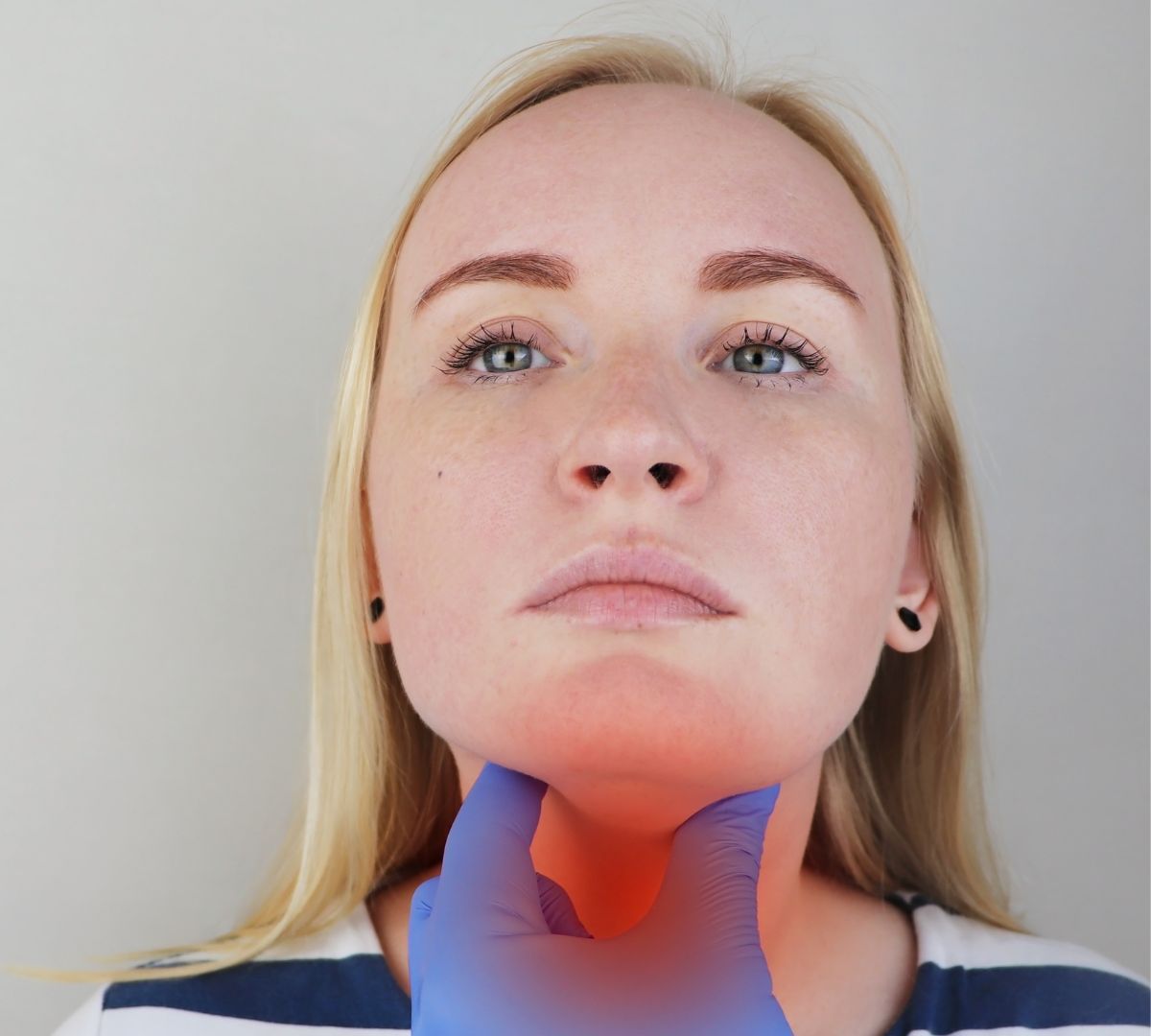
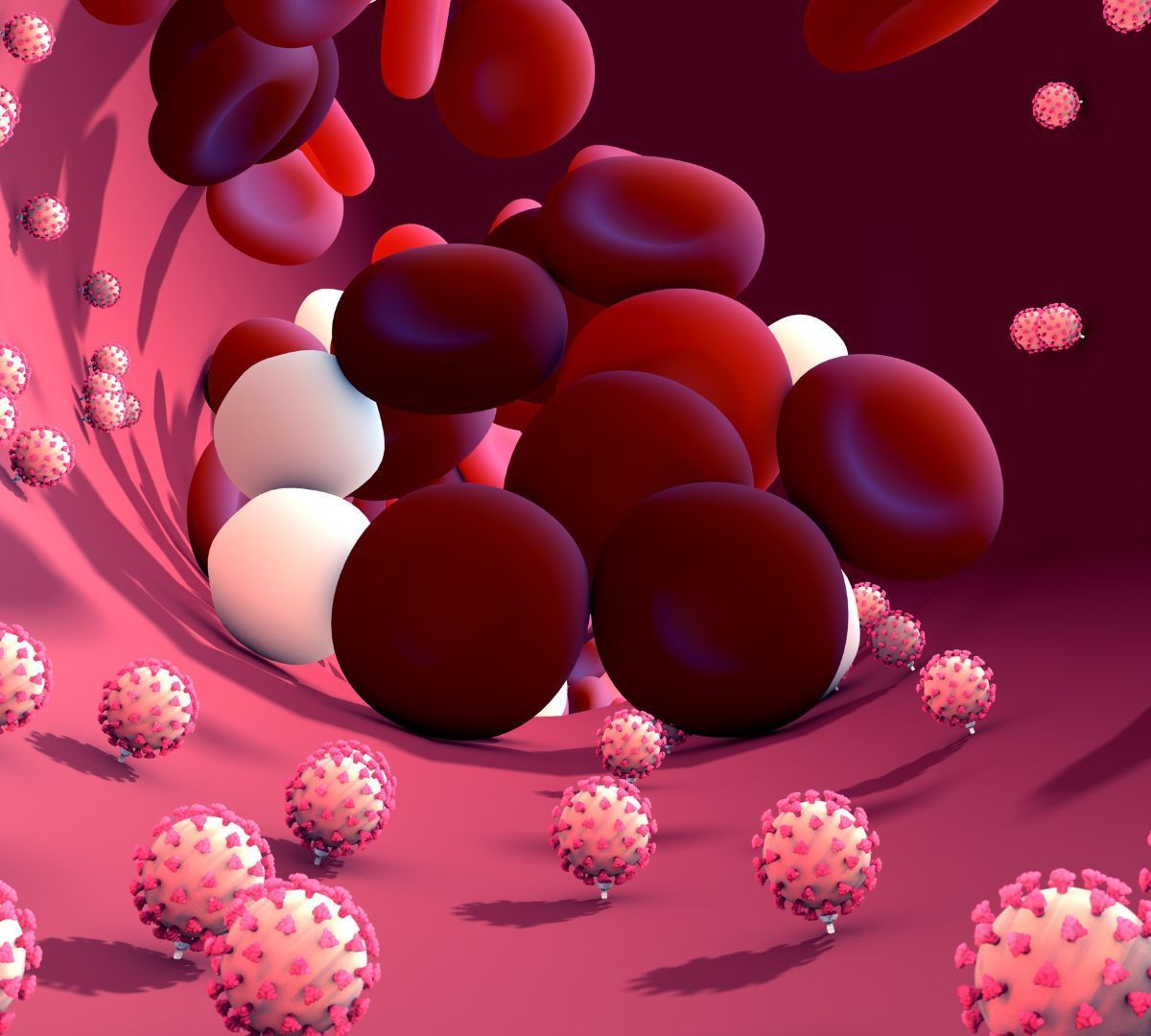
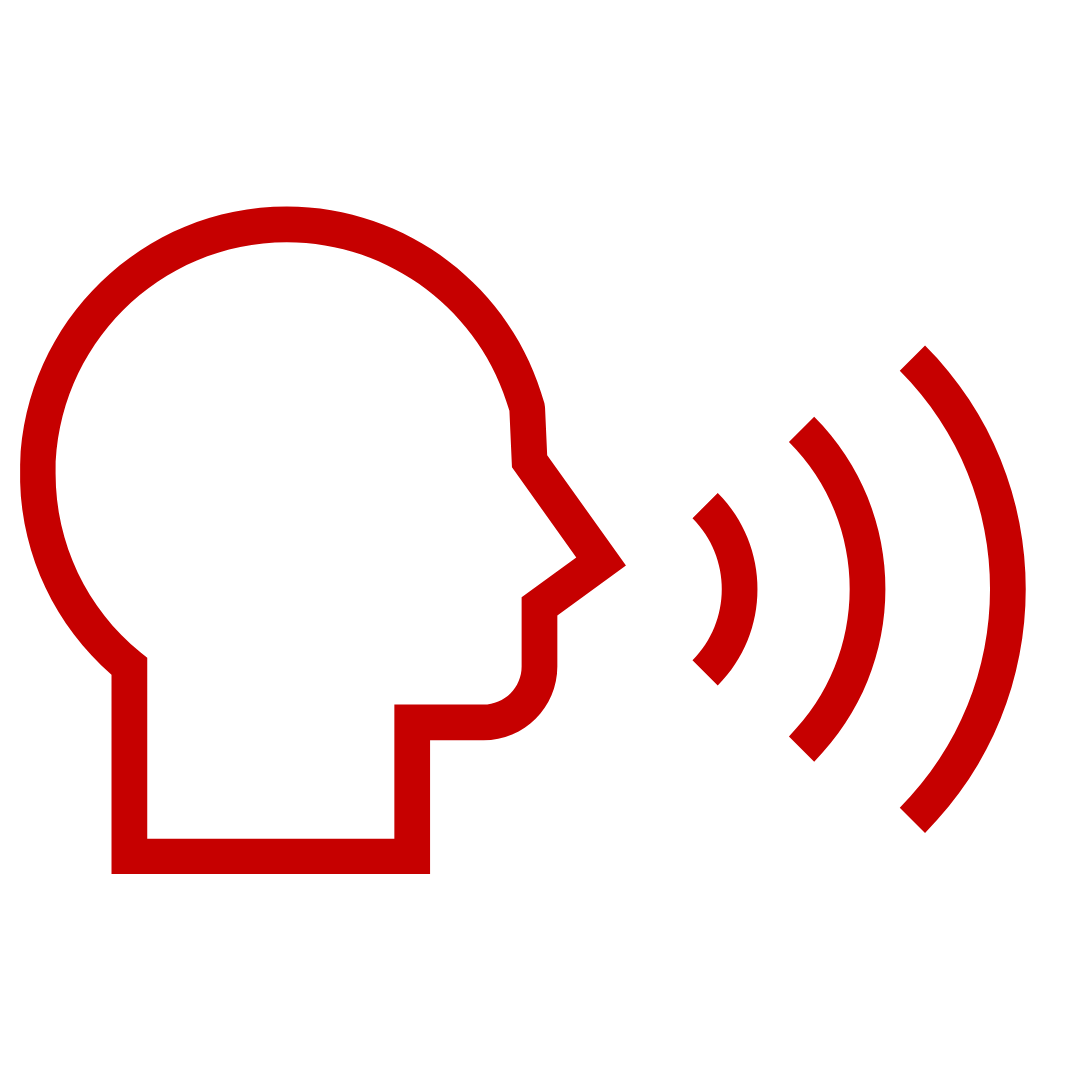
How to pronounce it:
Schnitzler - shh-nitz-ler
AiArthritis defines Schnitzler syndrome as:
Schnitzler syndrome is a rare autoinflammatory disease. It is characterized with patients having non-pruritic urticaria (or non-itchy hives) and blood abnormalities including elevated levels of specific proteins (monoclonal IgM gammopathy).
Symptoms
Symptoms of AiArthritis Diseases Regardless of Diagnosis


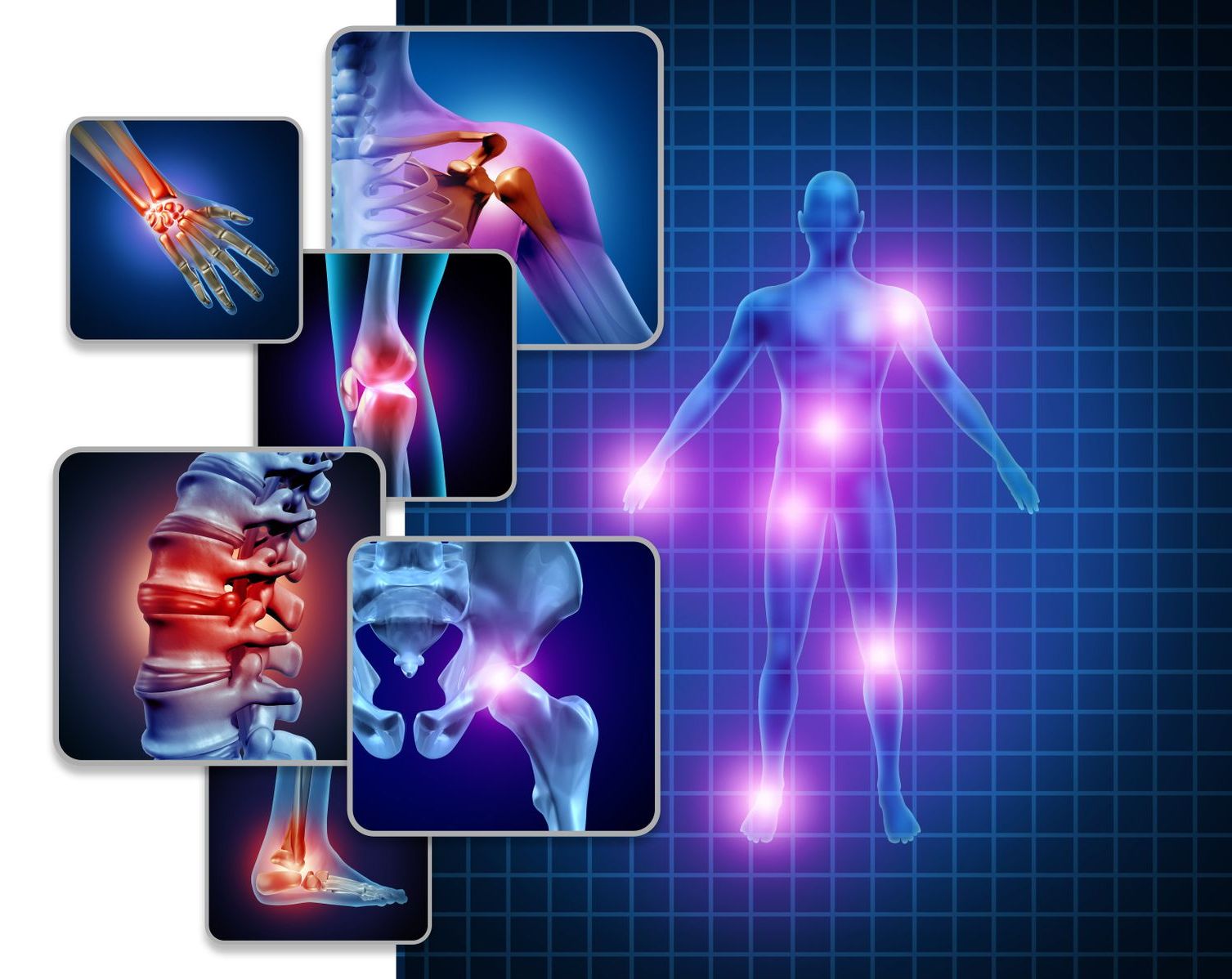
Common in All AiArthritis Diseases
- Periods of worsening symptoms are called flares. A flare can last for hours, days, weeks, or months.
- Condition improves with activity and exercise and worsens with rest.
- When inflammation is left uncontrolled due to lack of proper treatment, comorbidities can develop. 70% of patients with chronic, lifelong disease will develop comorbidities, including dual or triple diagnoses.
“Auto” Symptoms
- Severe fatigue or exhaustion that may not be helped by caffeine/stimulants and can happen even after a long period of rest.
- “Brain fog” - or periods of time where thinking gets clouded and it becomes difficult to concentrate.
- Flu-like symptoms, without having the flu- nausea, muscle weakness, and general malaise.
- Fever, typically low grade in autoimmune and higher grade in autoinflammatory (% strongly varies per disease).
Reference: Early Symptoms of AiArthritis Study, AiArthritis, 2019.
Inflammatory Arthritis Symptoms
- Severe stiffness in one or more joints, especially in the morning or after sitting for long periods of time.
- Episodes of joint pain that may last for hours, days, or even weeks, that can appear and disappear suddenly. Often described as “jumping pain” into different locations.
Typically the joint pain will coincide with one or more “Auto” symptoms and start and stop suddenly - for no apparent reason (which is called a "flare"). Some people will experience all of the above symptoms, others only a few. If you have any of the arthritis features, and at least one of the “Auto” features, please consult your physician about a referral to a rheumatologist.
Symptoms Often Associated with Schnitzler Syndrome:
- Chronic non-pruritic urticaria (non-itchy hives)
- Organomegaly (increased size of several organs)
- Bone pain
- Enlarged lymph nodes

What fellow patients want you to know
Do you have Schnitzler syndrome? Let us know what YOU would want others or those who are not yet diagnosed to know!
More About Schnitzler Syndrome
Diagnosing Schnitzler Syndrome

There’s no single definitive test that can confirm a Schnitzler syndrome diagnosis, so rheumatologists look at a combination of physical exam, blood tests, and imaging, along with a family history of autoimmune or autoinflammatory disease.
For Schnitzler syndrome diagnosis, patient must have both of the major criteria:
- recurrent urticarial rash
- monoclonal IgM gammopathy
Plus at least 2 of the following minor criteria:
- recurrent fever
- objective signs of abnormal bone remodeling
- elevated CRP level or leukocytosis
- neutrophilic infiltrate on skin biopsy
- joint pain and inflammation
- enlarged lymph nodes
- enlarged organs
- elevated red blood cells or sedimentation rate
Someone can also get diagnosed if they have monoclonal IgM gammopathy and 3 of the secondary symptoms.
Interesting Facts about this Disease

- Schnitzler syndrome was first described in the medical literature in 1972, by a French dermatologist named Liliane Schnitzler.
- There are only about 300 or so known cases of Schnitzler in the world.
- Most of the reported cases of Schnitzler syndrome have been from Europe, particularly France, but cases from Australia, Japan and the United States have been reported too.
Other Resources
- Autoinflammatory Alliance
- Schnitzler Syndrome Awareness Facebook Group
- National Organization for Rare Disease
In an effort to ensure this page has the most accurate and up-to-date information, this page is currently awaiting medical review. Some information is subject to change.
Page Last Updated: 9/1/2023
Sign up for our newsletters
International Foundation for AiArthritis
6605 Nottingham Ave.
St. Louis, MO 63109-2661
Toll Free: 1-877-609-4226
Text: 1-314-282-7214
Copyright 2024. All rights reserved. Information on this site is intended for informational purposes only Our foundation does not engage in the practice of medicine. Please consult a physician to obtain personal healthcare and treatment options. 501(c) 3 Nonprofit Tax ID: 27-1214308.


